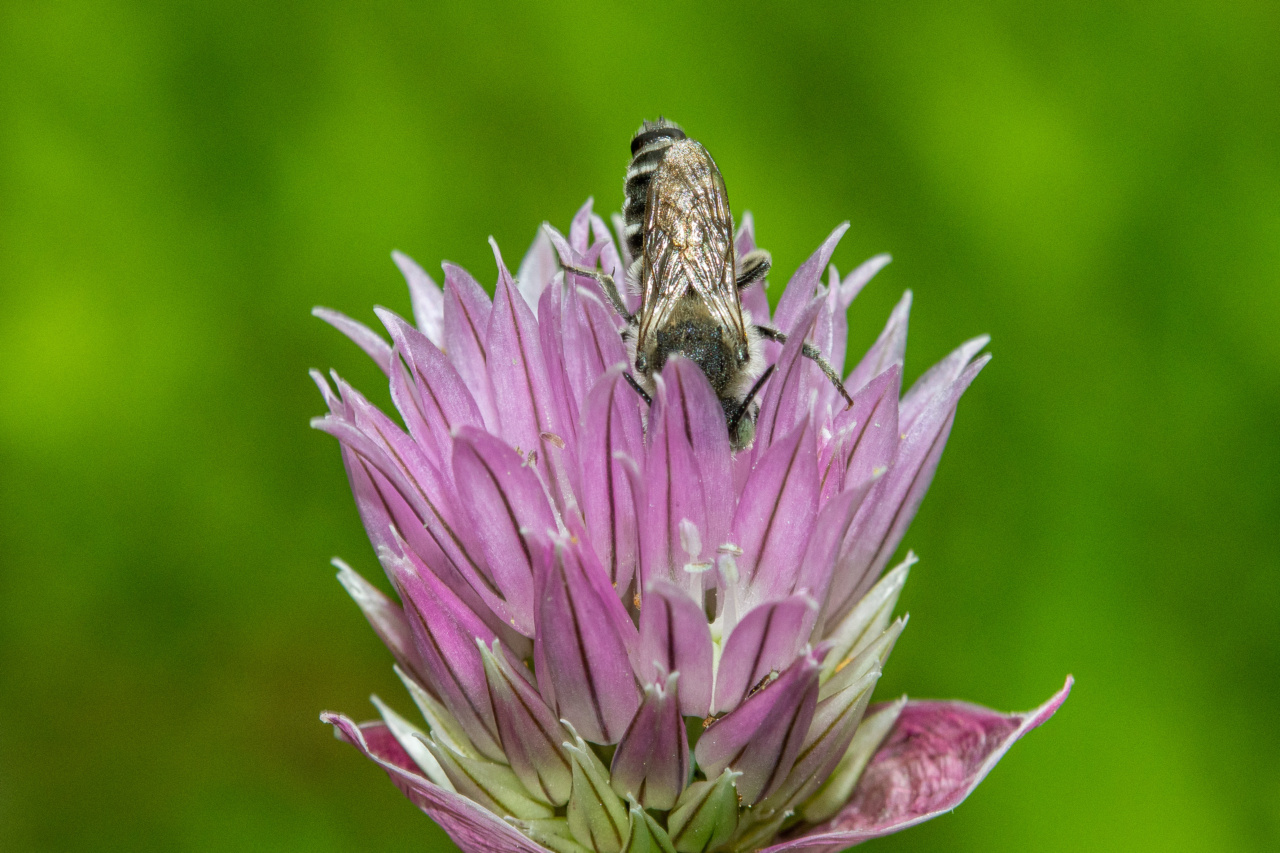Springtime is one of the most beautiful seasons of the year. It brings everything back to life with colorful flowers, lush green trees, and warmer temperatures.
However, for people who suffer from seasonal allergies, springtime can be challenging and sometimes unbearable. Allergic reactions can cause various symptoms that left untreated can impact eye health. In this article, we’ll explore some of the most common springtime allergies and how they can affect our eyes.
Allergies and symptoms
Seasonal allergies are caused by the body’s overreaction to allergens such as pollen, mold, and animal dander.
These allergens trigger a chain reaction in the immune system leading to the production of histamines, which cause inflammation in different parts of the body, including the eyes.
Eye symptoms of allergies can vary from mild to severe and can include:.
- Itching and irritation
- Redness and swelling
- Watering and tearing
- Burning and stinging
- Light sensitivity
The severity of the symptoms depends on the type of allergy and how much exposure a person has to the allergens. For some people, a simple walk in the park during allergy season can be enough to trigger a reaction.
Others might only experience symptoms when they come in direct contact with allergens.
Pollen allergies and their impact on eye health
Pollen is the most common allergen that causes springtime allergies. Trees, grass, and weeds release pollen into the air, and when we breathe it in, it can cause an allergic reaction.
Pollen allergy symptoms affecting the eyes, often referred to as allergic conjunctivitis, can cause redness, itching, and watering. The condition is often accompanied by other symptoms such as stuffy nose, sneezing, and scratchy throat.
Allergic conjunctivitis can affect people of all ages but is more prevalent in children and young adults. Studies have shown that up to 70% of people with allergic rhinitis, commonly known as hay fever, will experience some degree of ocular symptoms.
If left untreated, allergic conjunctivitis can cause discomfort and lead to complications such as:.
- Secondary eye infections
- Impaired vision
- Corneal damage
- Chronic eye conditions such as dry eyes or blepharitis
The best way to manage pollen allergies is to avoid exposure to the allergens. Some ways you can reduce your exposure include:.
- Stay indoors during peak pollen times (typically in the morning and early evening)
- Keep windows and doors closed during allergy season
- Wear sunglasses to protect your eyes from pollen and other airborne allergens
- Shower and change clothes after being outside to remove any pollen that may have collected on your body and clothes
- Use a high-efficiency particulate air (HEPA) filter in your home to remove allergens from the air
Mold allergies and their impact on eye health
Mold is another common allergen that can impact eye health during the springtime. Mold spores are tiny particles that float in the air and can trigger allergic reactions when inhaled.
Mold growth is common in moist areas such as basements, bathrooms, and kitchens. Exposure to mold can cause symptoms such as sneezing, runny nose, and itchy eyes.
People with mold allergies should take extra precautions during mold season. Some ways to prevent exposure to mold include:.
- Keep humidity levels in your home between 30-50% to prevent mold growth
- Clean and dry any areas with mold as soon as possible
- Avoid outdoor activities during high mold periods (typically during hot and humid weather)
- Use a dehumidifier to remove excess moisture from the air
Chronic exposure to mold can lead to serious health problems, including respiratory issues, asthma, and even permanent eye damage.
Animal dander allergies and their impact on eye health
Animal dander allergies are common, and they can produce symptoms all year round, but they may worsen during the springtime when pets start shedding their winter coats. Dander is made up of tiny particles of skin, hair, and saliva that animals shed.
Exposure to animal dander can trigger allergic reactions such as itchy eyes, runny nose, coughing, and wheezing. In severe cases, exposure can cause anaphylaxis, a life-threatening condition that requires immediate medical attention.
Unfortunately, the best way to manage animal dander allergies is to avoid exposure. If you are allergic to pets, it’s best to avoid areas where they are present.
If you must have a pet, choose a hypoallergenic breed that produces less dander and dries their hair regularly. Also, keep your home clean and use an air purifier with a HEPA filter to remove allergens from the air.
Conclusion
Springtime allergies can be challenging, but with proper management, you can reduce your exposure to allergens and alleviate your symptoms.
If you experience eye-related allergy symptoms, such as redness, itching, or watering, consult an eye doctor to rule out any underlying conditions or complications.




























